Black Bryony / Summer / Toxic
A toxic member of the Yam family, it’s quite a common sight in summer and autumn, all parts are poisonous. It’s a climber and can grow up to 4m each year.
Common Names
Black Bryony, Lady’s-seal or Black bindweed
Botanical Name
Dioscorea communis or Tamus communis
Scientific Classification
Kingdom – Plantae
Order – Dioscoreales
Family – Dioscoreaceae
Physical Characteristics for Black Bryony
Leaves
The leaves are heart shaped and glossy, they grow in a spiral around the stems and are up to 10cm long. The slender stems twist clockwise around other plants as it seeks out the sunlight.
Flowers
The flowers are quite unremarkable, they are small up to 6mm across, yellow to green in colour, with 6 petals and they grow on hanging racemes. The plant normally flowers between May and August.
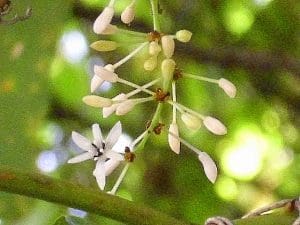
Fruit
The flowers develop into bright red berries, changing colour through shades of green and orange as they ripen. Typically the berries are 1cm in diameter. The berries normally appear in autumn.
Habitat
It’s normally found in dense woodlands as it prefers shade but it can also be found in hedgerows and meadows.
Known Hazards
All parts of the plant contains saponins, calcium oxalate deposits and histamines in various quantities, they tend to be more concentrated in the berries and root and should not be consumed, even touching the plant can lead to skin irritation and contact dermatitis.
Apparently the young shoots when cooked are eaten in France and Spain but it’s not a plant I would recommend.
Could be Confused with
Before the berries appear it can be confused with White Bryony (Bryonia dioica) although the names are similar they are unrelated, White Bryony is a member of the cucumber family and has different leaves and its flowers have 5 petals.
Notes on Herbal Uses
Due to it’s toxic nature the plant is not used internally but it has been used externally as a poultice for strains, bruises and inflamed joints.
Black Bryony is also used for irritation of the intestine and it is also used as a tonic for hair loss, as it improves blood circulation to the scalp.
References:
https://www.alnwickgarden.com/the-garden/poison-garden/
https://en.wikipedia.org/wiki/Dioscorea_communis
https://wildflowerfinder.org.uk/Flowers/B/Bryony(Black)/Bryony(Black).htm
Leave a Reply
You must be logged in to post a comment.



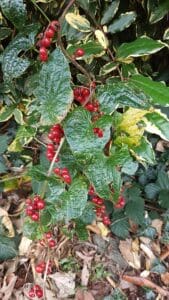
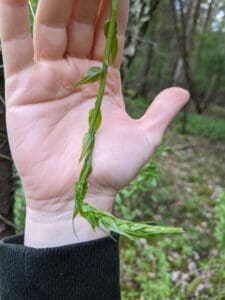
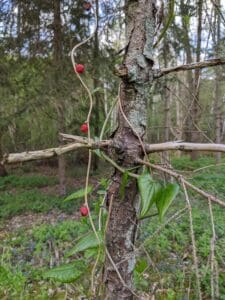
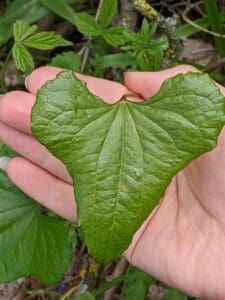
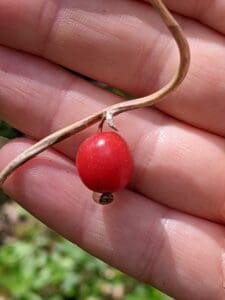
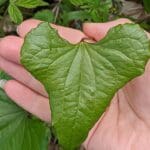
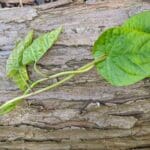
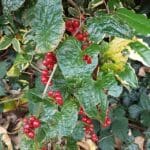
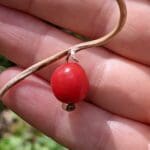
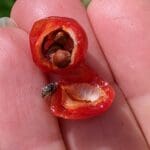



1 reply on “Black Bryony (Dioscorea communis) Identification Guide”